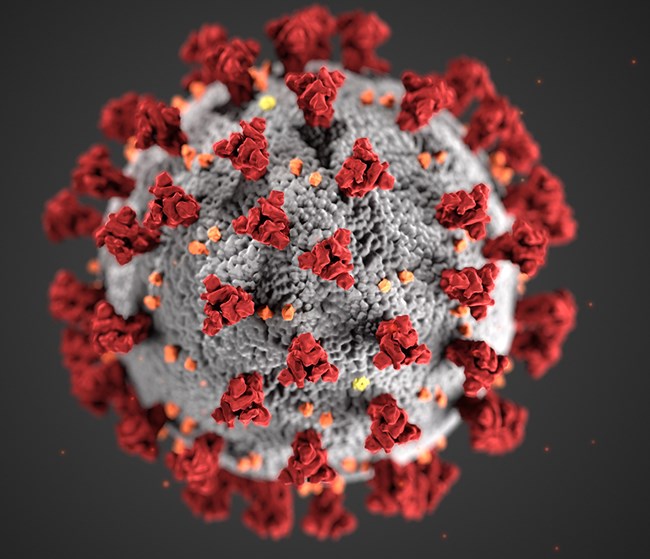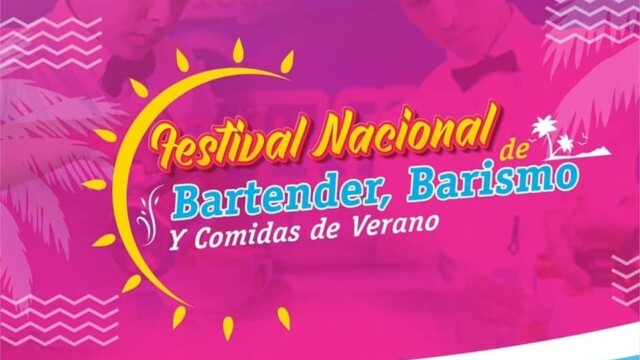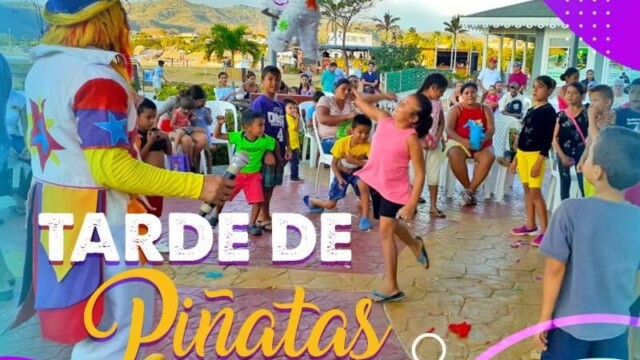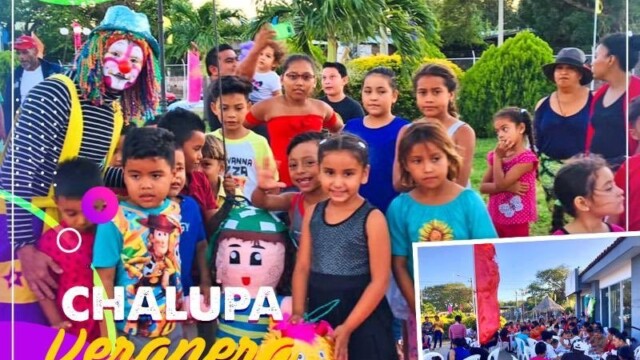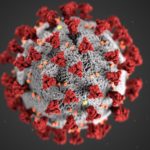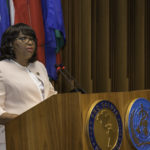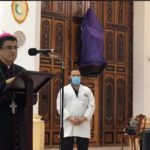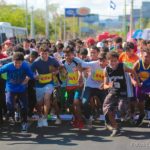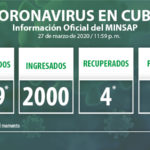Since Vice President Rosario Murillo announced Nicaragua’s first COVID19 case on March 18, the Nicaraguan state has been diligently promoting the effectiveness of its response.
The country is ready, according to the Ministry of Health (MINSA). Nicaragua has “nineteen hospitals to provide care, a defined protocol, personnel, a community network with trained leaders, permanent vigilance at all borders, checkpoints, airports, and sea ports, as well as throughout the entire health network, nationwide.”
Rosario Murillo, MINSA, and other government entities repeat the official line daily. However, Nicaragua’s communication strategy is as bipolar and contradictory as is its bizarre promotion of large gatherings, marches, and tourism.
So, what does Nicaragua’s communication effort look like? It looks like a version of doublespeak.
The term “doublespeak” was coined by William Lutz, who defined it as “language that pretends to communicate, but really doesn’t”:
It is language that makes the bad seem good, the negative appear positive, the unpleasant appear attractive or at least tolerable. Doublespeak is language that avoids or shifts responsibility, language that is at variance with its real or purported meaning.
Nicaraguan doublespeak relies on multiple outlets, relaying messages that represent two sides of an elaborate campaign. On the one hand, COVID-19 is a fact; it exists. It is in the country. On the other hand, COVID-19 is clearly manageable, and the Nicaraguan government has devised an effective strategy to control it.
In other words, Nicaragua has succeeded where almost everyone else has failed, and it has done so without imposing any major alterations to daily life.
In order to examine the government’s messaging, one needs to compare what different government outlets are publishing. For example, El 19 Digital has disseminated health communication messages that educate the public on prevention, a necessary goal during a pandemic. The four videos below were released as part of a social media campaign titled “Prevention is the Best Medicine”
On the other hand, government surrogates discredit criticisms as unnecessary panic, exaggerations, or fake news. This is the case of several videos produced by Juventud Presidente, the communication arm of the Juventud Sandinista.
Juventud Presidente published a video titled “What Phase of the Corona Virus is Nicaragua Currently Experiencing?” on March 28. It explains that Nicaragua does not need to do much more than what it has been doing, because the pandemic is in its early stage. The arguments are based on the Four Epidemic Phases Model, as described in Managing Epidemics: Key Facts About Major Deadly Diseases (WHO, 2018)
managing epidemics phasesFollowing the Four Epidemic Stages Model, Nicaragua is currently on stage 1, says the video’s narrator.
The narrator goes on to explain that Nicaragua does not need to escalate its response, because “the number of infections is low, and those who contracted the virus did so abroad. They’re the so-called imported cases.”
Currently, though, the WHO’s guidance on COVID-19 isn’t based on the general epidemic stages model. It is based on what the organization calls the “Four Transmission Scenarios”, which are (1) no cases, (2) sporadic cases, (3) clusters of cases, and (4) community transmission.
This is the model MINSA is actually following, according to Carlos Sáenz, MINSA’s secretary general.
On March 26, Sáenz explained the four transmission scenarios in a segment broadcasted on Canal 6:
The pandemic manifests itself through various scenarios. The first is when a country presents no cases. This was the situation in Nicaragua about three days ago.
The second scenario is when imported cases are detected, which must be contained. This is the scenario Nicaragua is in at the moment.
The third scenario is when clusters emerge. Clusters can emerge in closed environments, such as prisons, retirement facilities, or some neighborhoods and communities.
Finally, the fourth and last scenario involves generalized community transmission. We are prepared to handle that.
Since Nicaragua is experiencing the second scenario, the actions authorities should be taking include developing risk communication campaigns, and engaging in “active case finding, contact tracing and monitoring, quarantine of contacts, isolation of cases, and testing,” among other measures.
Critical Preparedness, Readiness and Response Actions for Each Transmission Scenario for COVID-19By using different outlets for different purposes, the Ortega-Murillo government can educate about prevention, while shutting down dissenting voices that demand actions, such as the closure of borders.
That’s “premature”, argues Juventud Presidente, and even the WHO says so.
On January 31, Christian Lindmeier, the spokesperson for the WHO stated the organization’s position on border closures. Such measures can lead to undocumented entries, which could introduce COVID-19 into new territories, unchecked:
“Whenever people want to travel, they will, and if the official paths are not open, they will find unofficial paths. But the only way to control and check fever, for example, is to identify travel history, to try to monitor who is coming across your border and see if they have any signs of infection is through official border crossing points.
Though the WHO is against border shutdowns in general, the organization’s COVID-19 Strategic Preparedness and Response Plan (Feb 2020), indicates that such measures may be warranted under specific circumstances, especially in situations of uncertainty:
Evidence has shown that restricting the movement of people and goods during public health emergencies may be ineffective, and may interrupt vital aid and technical support, disrupt businesses, and have a negative impact on the economies of affected countries and their trading partners. However, in certain specific circumstances, such as uncertainty about the severity of a disease and its transmissibility, measures that restrict the movement of people may prove temporarily useful at the beginning of an outbreak to allow time to implement preparedness activities, and to limit the international spread of potentially highly infectious cases. In such situations, countries should perform risk and cost-benefit analyses before implementing such restrictions, to assess whether the benefits outweigh the drawbacks (p. 10).
The updated guidance is never mentioned in Juventud Presidente’s video. It is as though it was never issued at all.
Daily life can continue unchanged. People should attend large gatherings, cultural events, and tourism, because everything is under control.
On Monday, Vice President Rosario Murillo chastised the naysayers that doubt her government’s ability to manage the COVID-19 pandemic, calling them ungodly, pessimistic, greedy, and selfish. It is the first time, since the announcement of the initial COVID-19 case, that Murillo has spoken against critics:
Faith is the bedrock of Nicaragua’s COVID-19 strategy.
President Daniel Ortega has yet to address the Nicaraguan people about COVID19. His last public appearance was on March 12, when he participated in a virtual meeting to discuss COVID19.
Ortega’s last press conference was on January 10, 2007, 4,828 days ago
